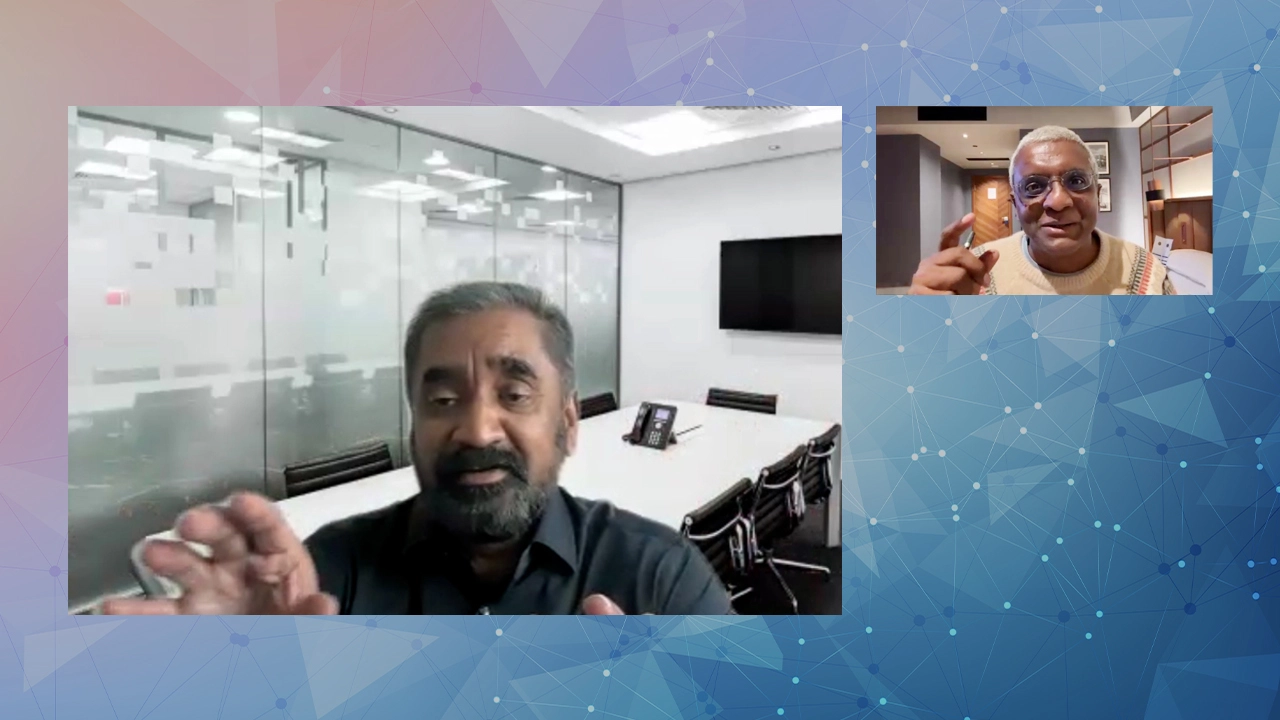- Published on 24 May 2017
- 2803 Views
Intel and major banks, including HSBC and BOAML, pour $107 million into blockchain group
Intel, Bank of America Merrill Lynch, HSBC and dozens of other institutions have invested $107 million into R3, a group developing blockchain-like technology for financial companies.
Meanwhile, Goldman Sachs and Santander walked away from the funding round and left the R3 group, a source close to the situation told CNBC.
R3 is a group of major banks that are working together to bring so-called distributed ledger technology to their processes. It's based on blockchain – the technology that underpins the cryptocurrency bitcoin. Blockchain technology allows transactions on the bitcoin network to be recorded and not tampered with.
Banks are trying to apply this same principle to many of their processes from asset trading to money transfers. The promise is that distributed ledger technology can drive down costs and increase the speed of several transactions.
The $107 million funding round for R3 marks the first two tranches of a three tranche financing process, with the final installment likely to be raised later this year.
R3 members could all get a piece of the action with three tiers of investment available. The first tier was open to all investors. The second tier required investors to put in more money but gave them governance responsibilities such as sitting on certain committees. The third tier meant investors had to put a larger sum in but got a board seat.
SBI Group, Bank of America Merrill Lynch, HSBC, Intel and Temasek, were among the top tier investors.
R3 said the money would be used to develop and implement its key product known as Corda, which is an open source distributed ledger platform.
"You are going to begin to see the roll out of the enterprise grade Corda platform. You will see the beginning of the network standing up – connecting investors and members on nodes on the software," Charley Cooper, managing director of R3, told CNBC in a phone interview ahead of the funding announcement.
"What is of more interest is that we are partnering with various different companies around the world to build applications to be sold to the world for real world applications that will be out by the end of the year."
'Collaborative consortium'
R3 is attempting to build a network that will connect all the banks and be interoperable between different institutions. One of the concerns is that there are a number of companies working on different distributed ledger technologies, and this could lead to a lack of systems that do not work together.
In the process of the funding which began last year, Goldman Sachs and Santander both dropped out and left the R3 consortium.
Whereas the current equity structure gives all the investors a fairly equal say, Goldman is understood to have wanted a very large stake in R3 with a lot of control. A source close to the situation, who preferred to remain anonymous because the negotiations were private, told CNBC that Goldman wanted a larger ownership stake and "outsized influence beyond what they were willing to invest."
Goldman Sachs has not responded to a request for comment when contacted by CNBC. R3's Cooper also declined to comment, instead talking up the potential of a large investor base.
"We cultivated as broad an investor community as possible so one or two banks weren't controlling the consortium. Now there is a relatively equal investment and relatively equal voting rights, and this is very much a collaborative consortium where the community is driving the conversation rather than one or two investors," Cooper told CNBC.
Re-disseminated by The Asian Banker from CNBC.com




